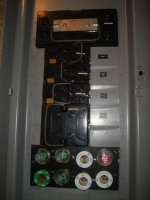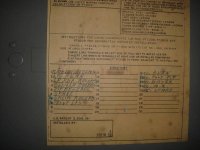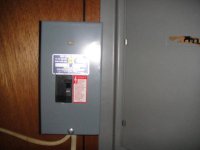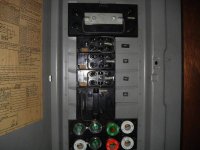he uses 4 or 3 depends on what voltage you want to run. this is the proper way if your using 120v as well. if you only need 240v then 10-3 is fine red,blk,grd. If you decide to have a custom controller made make sure to tell him to use the proper breakers,wire and receptacle's. None of this 240v 15a garbage... I just got done rebuilding the one I bought. It had a 30a breaker in it going direct to the 240v 15 receptacles. I changed all of the receptacles to 6-20 and replaced the 30 with a 20. I also added another 20a breaker to the panel. I used 8-4 power line to the controller. This will run 32a safely with the 80% rule. The line is rated for 40a

Last edited:







